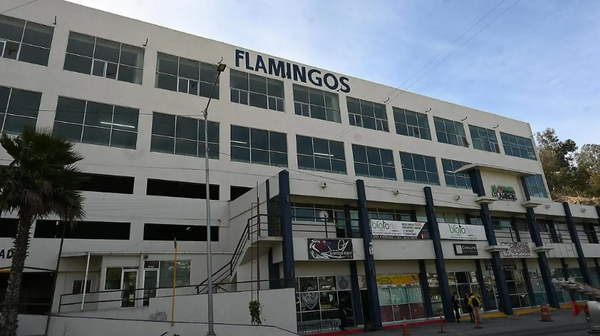This is a big week for President Joe Biden. For months, he’s had the second-worst approval rating of any polling-era president at the same point in their presidencies, trailing only Donald Trump. This week, he has passed Jimmy Carter, moving up into third worst. Within the next month, he’ll likely move ahead of Gerald Ford as well.
Yes, those are three of the four sitting presidents (along with George H.W. Bush) to lose a presidential election during the polling era. So maybe not that big a week.
Biden began his presidency with a period of unusual approval stability, and he may have entered into a second such stretch this year. His approval rating was at 41.9% on Jan. 20, marking the end of his first year in office. It’s at 41.8%, as I write this, and he’s been within a percentage point of where he is now on almost every day over the last three months. That Jan. 20 date also marked the peak of the omicron wave.
It’s possible to look at the day-to-day approval chart (at FiveThirtyEight) and see Biden hit bottom soon after, with his all-time low point of 40.4% at the end of February. His numbers improved as the pandemic eased — only to be hit again by the big surge in gasoline prices in March that he’s slowly recovering from as prices moderate. The numbers are compatible with that interpretation … but they’re also compatible with the view that he’s just held steady over the last three months and any fluctuations are just statistical noise.
To put this another way: It’s possible that Biden’s low approval is soft, and that a few months of good news about the pandemic and inflation could produce a solid rally, meaning he would no longer be a major drag on Democratic candidates this fall. But it’s also possible that opposition has hardened, and that he’s unlikely to rally even with a run of positive news.
The same is true on the downside. So far, nothing has pushed Biden below the 40% mark that four of his 13 predecessors had reached at this point in their presidencies and that three others would hit before the end of their first two years in office. Maybe this line will hold, even if there’s further bad news — and maybe Biden is just as much at risk of reaching the 30s or worse as all presidents have been.
Quite a few political scientists believe that approval ratings are fated to wind up in a relatively narrow range during this period of intense partisanship. I’m among what I think is the minority who think very high and very low approval ratings are still possible.
Worth noting: Survey respondents said, by wide margins, that they would be happy to pay more for gasoline in order to support Ukraine and punish Russia. Yet it appears likely that Biden’s approval numbers fell when gas spiked in early March, and recovered as gas prices moderated over the last five weeks (though they are still very high). Again, the changes aren’t large enough to prove anything, but this certainly appears to be an example of the finding that people aren’t good at predicting their own reactions to potential news events.
That’s something to take into consideration when it comes to other areas as well. People have all sorts of things they might say they want to do about inflation, but if inflation recedes they’ll be more favorable toward Biden regardless of whether he followed their policy preferences or not, and whatever they predicted about their own reactions to hypothetical scenarios.
The same is true of the pandemic. People may say they want to keep or eliminate mask mandates or anything else, but it’s more likely that outcomes — case counts, hospitalizations, deaths — determine whether people think Biden has done a good job or a bad job in dealing with the coronavirus. That’s not always true of every voter and every policy question, of course. But overall it is outcomes, not policies, that heavily influence presidential popularity — regardless of what people think makes them like or dislike someone.
To be sure: Lots of things, whether it’s a policy position or the ability to give a good speech or how well this or that government agency functions, have the potential to affect presidential popularity at the margins. And in many cases those are the things under the control of the president, whereas many big-picture outcomes may be far harder to influence.
So, all else equal, it makes sense for presidents to tout their accomplishments, give stirring speeches, emphasize their popular policies and stay relatively quiet about their unpopular ones. We tend to spend plenty of time checking on how the president is doing on such things because, again, they’re what the White House can usually control.
But overall? Tell me what’s going to happen with the pandemic and with the economy — including inflation — over the next six months, and then over those same months two years from now, and I’ll give you a surprisingly accurate guess as to how Democrats will do in November and in the 2024 election.
____
ABOUT THE WRITER
Jonathan Bernstein is a Bloomberg Opinion columnist covering politics and policy. He taught political science at the University of Texas at San Antonio and DePauw University and wrote A Plain Blog About Politics.
This column does not necessarily reflect the opinion of the editorial board or Bloomberg LP and its owners.







